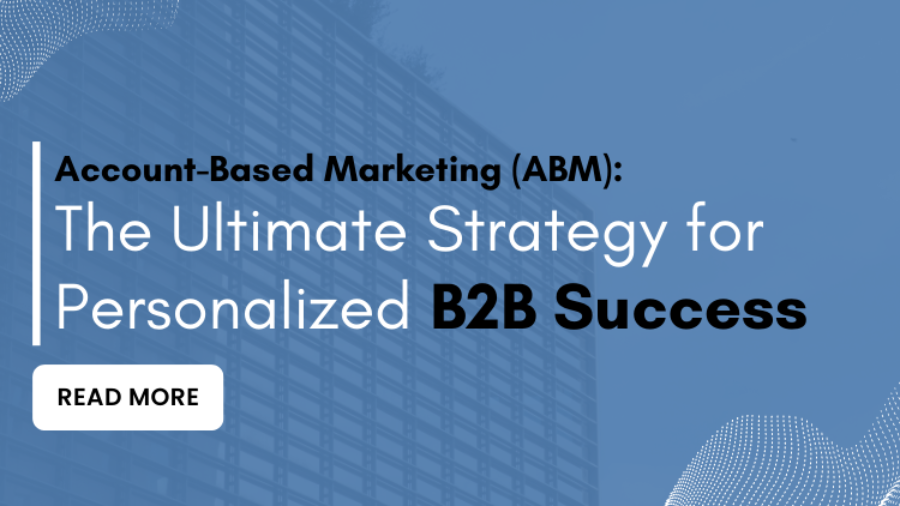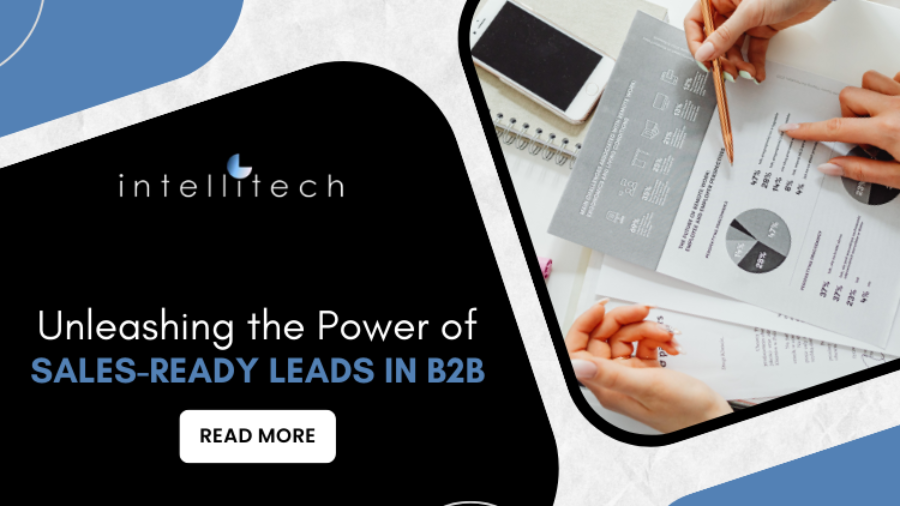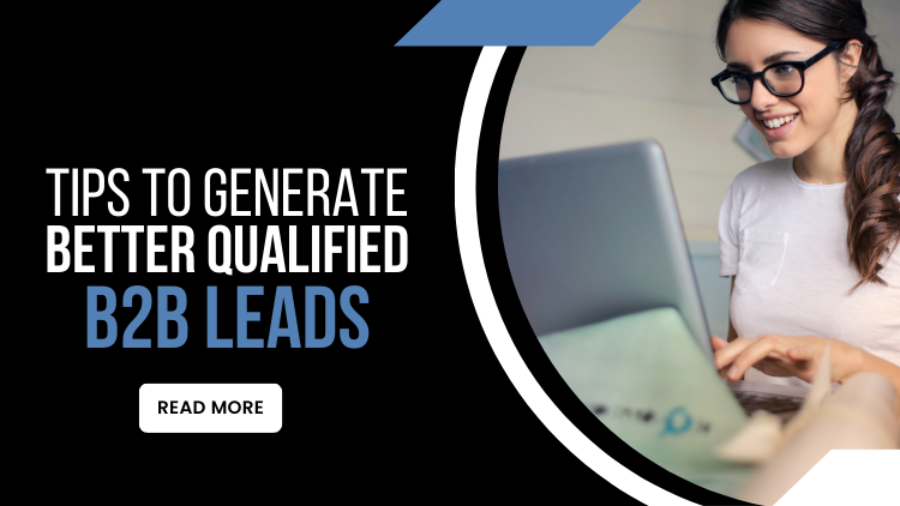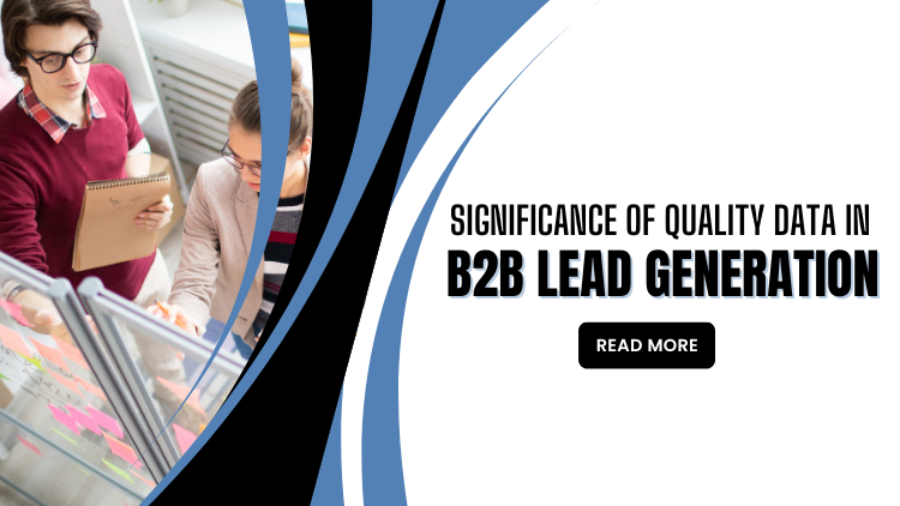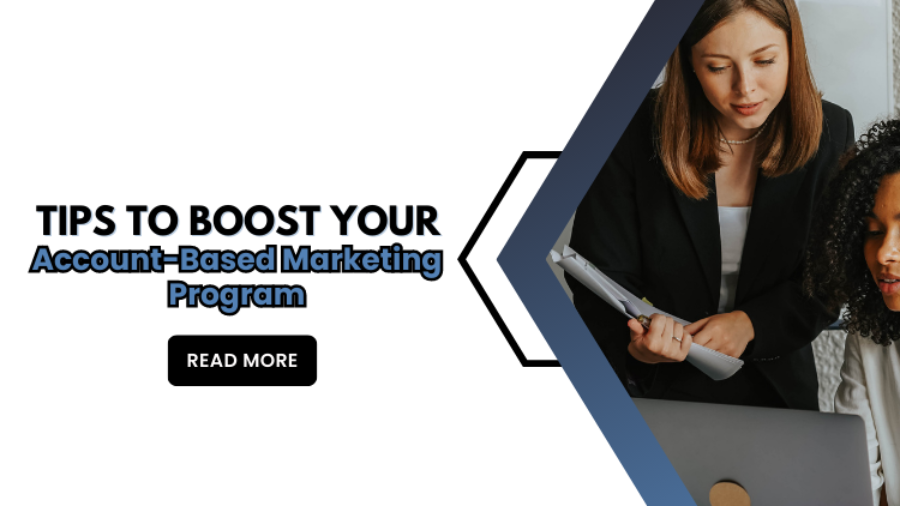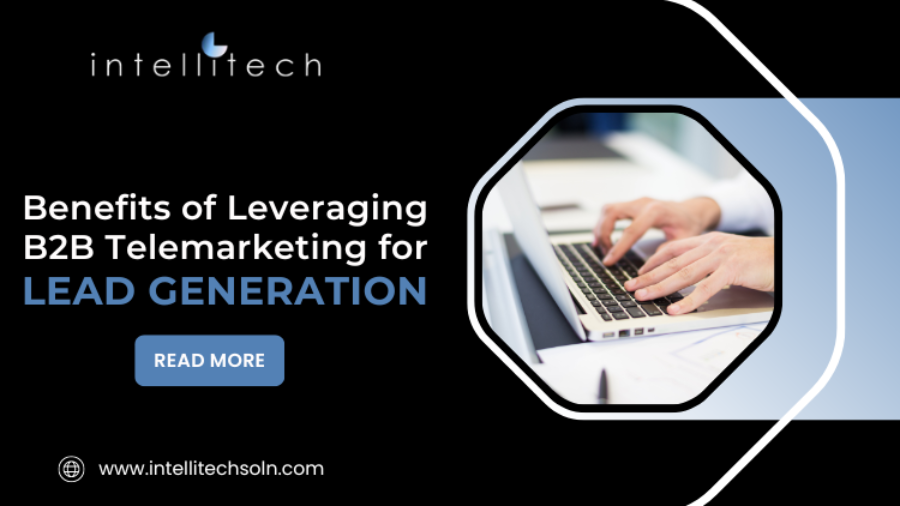In today's competitive B2B landscape, businesses are constantly seeking innovative marketing strategies that yield higher conversion rates and drive revenue growth. Enter Account-Based Marketing (ABM), a powerful approach that enables companies to target key accounts with personalized campaigns and foster stronger relationships with high-value prospects. In this blog post, we'll delve into the concept of ABM, and how to implement it effectively in your B2B marketing efforts.
Account-Base Marketing is a strategic approach that focuses on targeting and engaging specific high-value accounts rather than casting a wide net. This hyper-targeted approach ensures that your marketing efforts are concentrated on the accounts with the highest potential for conversion.
Implementing Account-Based Marketing Effectively
Identify Target Accounts
Work closely with your sales team to identify and prioritize key accounts that align with your ideal customer profile. Analyze factors such as revenue potential, industry, and market fit to create a comprehensive target account list.
Develop Personalized Campaigns
Craft tailored messages, content, and offers that resonate with each target account. Leverage account insights and data to deliver personalized experiences across various channels, including email, social media, and events.
Align Marketing and Sales Efforts
Foster collaboration between marketing and sales teams to ensure a unified approach. Establish regular communication, shared goals, and feedback loops to drive a seamless customer journey and maximize conversion opportunities.
Measure and Refine
Continuously track and measure the effectiveness of your ABM campaigns. Analyze key metrics such as engagement rates, conversion rates, and revenue generated from target accounts. Use these insights to refine your strategies and optimize future campaigns.
Conclusion
Account-Based Marketing is a game-changing strategy for B2B marketers looking to target high-value accounts, personalize their messaging, and achieve exceptional conversion rates. By aligning marketing and sales efforts and delivering personalized experiences, ABM strengthens customer relationships and drives long-term business growth. Embrace ABM as a powerful tool in your B2B marketing arsenal and unlock the potential to win and retain high-value accounts in today's competitive landscape.

